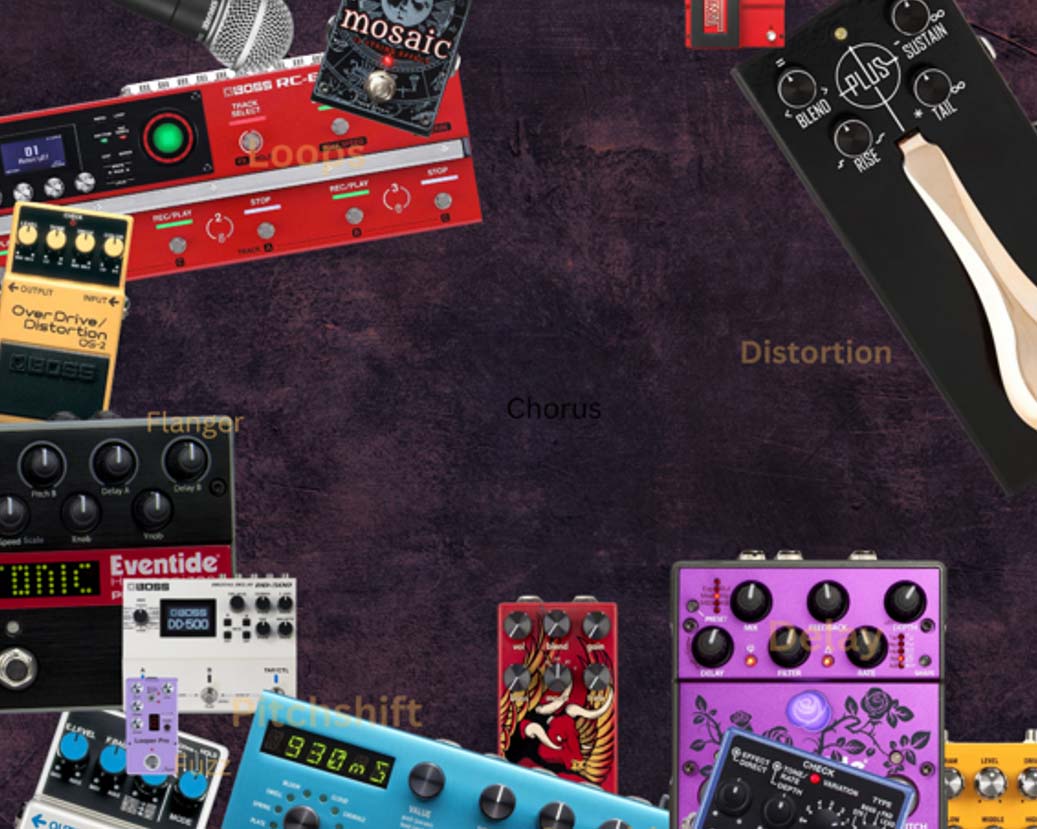
Publicly Christian
As an artist, I have experienced much apprehension in relation to sharing my faith publically. Many times I have felt

Many young and inquisitive students ask the question, “what is my flute made of?” And in all honesty, the very first time I was asked this question I drew a complete blank. Unfortunately, my ongoing struggle with perfectionism means that sometimes simplistic and fairly straight forward things are massively overcomplicated. The simple answer is nickle and silver. The complex and more thorough answer is below.
There are a number of factors that are affected by the material used to create a flute. Some of these include: sound, durability, weight, feel and price. This does not affect a beginner too much. But it is defiantly something that more advanced flautist consider quite carefully.
Most beginner flutes are made from nickel and plated with silver.
Nickel is 28th on the periodic table and is classed as a chemical element which is a transition metal that is hard and pliable. As far as materials that are appropriate for flute creations go nickel is extremely cost-effective, durable and still produces quite a pleasant sound. Nickel is also silvery-white in colour, relatively light and fairly available.
The drawbacks to nickel is that it tarnishes easily. It may also cause problems for people with a nickel allergy. This is solved by using silver plating however there are also other alternatives that may be considered.
Most student model flutes are plated with silver. The silver helps to create a sweet and expressive sound without being as costly as gold. Silver plated flutes can tarnish quite quickly. However, they can be polished back to their original state, provided its done by a good flute technician. Never try and polish your own flute because you may end up stripping the silver plating off.
Many intermediate to professional flutes are made from solid silver, also described as sterling silver. Technically it has a silver purity level of 92.5% with the remaining made up of materials that will add strength to the instrument. The solid silver can be used for both the tube and key system. Some flute models come only with a solid silver head joint. The remainder of the instrument is nickel with silver plating. This helps to keep the production costs down while still bring some of the advantages that come from the solid silver.
Professional flutes are always handmade usually from either platinum, gold silver or any combination of them.
Platinum flutes weigh marginally more than gold flutes and is said to effect both their feel and sound (although there is much debate about the actual effects materials have of sound and tone quality). Traditionally platinum flutes are described as having a strong, dark and deep sound. They are also said to be highly responsive to articulation and can be pushed further without their notes cracking.
Gold is by far the most aesthetically pleasing material however a flute needs to be a lot more than just looks. These flutes are typically described as having a warm and sweet sound which gets warmer as the pure gold ratio increases. But it also drastically increase the instruments price. All gold and platinum flutes are handmade and no two flutes are exactly alike.
Up until 1877 when the first metal flute was made, flutes were mostly being made from wood. There are older flutes that have been discovered made from ivory and bone but generally wood was the norm. The most common types of wood used for creating flutes were granadilla, boxwood, mopani, cocobolo and couswood.
Today’s wooden flutes weigh about the same as a solid silver flute and the tube of the flute is wood while the keys and all their mechanisms are made from either silver or gold. Wooden flutes have a beautiful tone which sounds very similar to metal flutes except the wood gives it an earthier undercurrent. This is however only a very subtle variation that may go unnoticed by many. Powell, Sankyo, Yamaha and Di Zhao all make wooden flutes.
Some flautist may opt to purchase a wooden head joint with a silver or gold body. The possibilities and combinations are customised for each individual but headjoints need to be specially fitted to their bodies.

During recent times, a flute made entirely of plastic which can be coloured to suit anyone’s preference has come onto the mark. They are cheap, mass-produced, light and sound and feel nothing like a flute. Even though some music stores are selling them I personally would avoid these at all costs. For me, they are more an expensive toy than an instrument.
There are other materials out there that have been turned into flute including bone, crystal and melted down pots and pans. This is however all the common materials that are used.
You may also be interested to hear that in 2013 Powell started developing flutes and piccolos that use stainless steel for the mechanisms. Their intention is to maintain the quality of the instrument while combating the problem of rising silver prices. While I am yet to get the opportunity to play one of these instruments it would definitely be interesting to see how they play and sound.
There are of course other components used when making flutes but these are fairly minor when compared to the elements discussed above.
All flutes will have a cork at the top of the head joint. Nicer and more expensive flutes use real cork while cheaper flute and some student flutes use a special plastic device that is a cheaper alternative.
The pads, which are located under the keys are made of cork and a special type of felt. There are also a number of springs used within the flute’s mechanisms these may be made from steel, bronze or gold. Finally all the tiny little screws and pins are typically steel.
There is a lot of passionate debating among flautists as to how the different materials aurally affect the instrument. Traditionally the view has been held that the better and more expensive the metal the sweeter the sound. Unfortunately, there is no way of objectively determining if this is true.
So, when it comes to purchasing your own flute its best to not be in a rush, try as many different flutes as possible, be open-minded and to figure out what you like personally.
Related Articles

As an artist, I have experienced much apprehension in relation to sharing my faith publically. Many times I have felt

With the right combination of music equipment, anything is possible. The Techie Flutist turns your ordinary flute into a polyphonic electric
To receive practise tips, tutorials, specials and all the latest news please sign up for our newsletter. The Techie Flutist Newsletter only goes out once a month and ensure you to never miss out on a concert or special event.
like, follow and subscribe
The Techie Flutist, 2024. All RIghts Reserved.